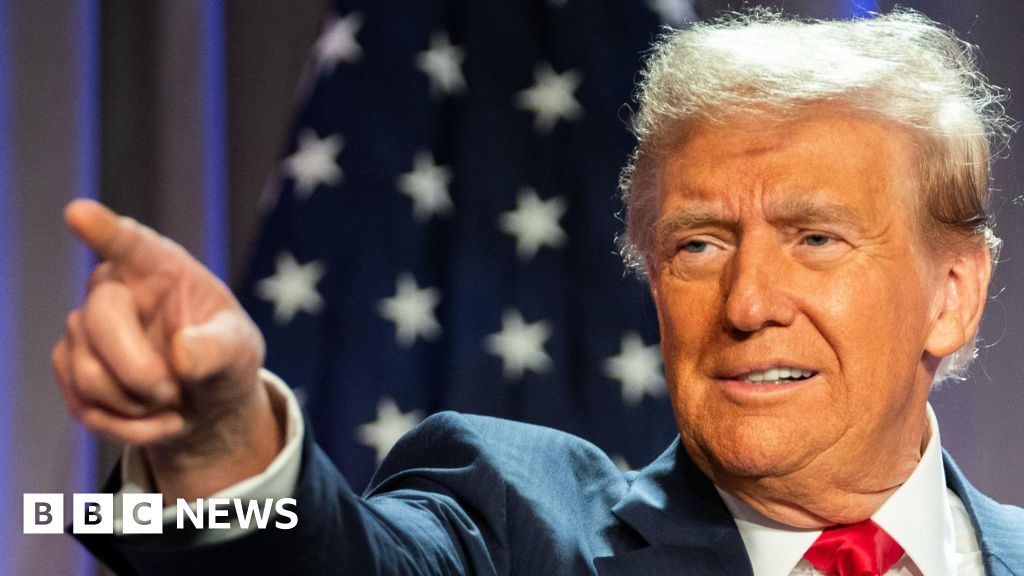
 Shutterstock
ShutterstockDonald Trump has announced many picks this week to join his administration when he becomes US president in January.
But those personnel decisions aren’t automatic.
Even with the backing of the future president, each person chosen for a key spot in Trump’s cabinet or administration must go through further vetting.
Many posts require a Senate hearing and the full chamber’s approval.
Senate vetting: How does it work?
More than 1,000 positions – including the 15 officials chosen to lead executive departments, known as the Cabinet – typically require Senate approval. This also includes ambassadors and even some lower-level positions.
But many members of Trump’s team, including those who work in the White House or posts like the national security adviser, don’t require Senate approval. However, they still are vetted by the administration and face FBI background checks.
The Senate approval process requires nominees to submit financial disclosure forms, fill out a questionnaire – which differs based on the role – and testify before a Senate committee.
These hearings can sometimes be contentious. They allow members from both political parties to question nominees about their backgrounds and plans for the post.
After the hearing, the committee votes on the nominee and if it approves, the full Senate then votes on the nominee.
Historically, the upper chamber has approved cabinet positions quickly – sometimes with little or no debate. But, “political and partisan conflicts between the president and senators have at times produced dramatic fights over cabinet nominees and led to their ultimate withdrawal or rejection,” the Senate’s historical website notes.
Bitter political brawls over Trump’s picks isn’t too probable in either chamber of Congress since Republicans will control both once he takes office in January.
But some Republicans already have questioned at least one Trump choice, notably Florida Congressman Matt Gaetz, the pick for attorney general, the top prosecutor in the US.
What are recess appointments?
The vetting and approval process for nominees can be lengthy – but it’s in the US Constitution to provide checks and balances on presidential power. It also is designed to prevent corrupt or unqualified nominees in administrations.
But Trump recently said the Senate “must agree” to recess appointments – a process that skips Senate vetting and allows quick installation of a nominee.
He argued that otherwise “we will not be able to get people confirmed in a timely manner.” He noted that in his past administration, some of his nominees took multiple years to be confirmed.
Trump made the demand in a post on X as Republicans weighed who would lead the Senate majority. Sen John Thune, who was chosen majority leader, agreed to use recess appointments to fill the posts quickly.
In a recess appointment, a president makes an appointment when Congress is on recess. The process was created when Congress didn’t meet as often as it does today, and to be used in emergencies.
Recess appointments also are meant to be temporary and expire at the end of a congressional session – at most, one year.
There aren’t many constraints on this maneuver, though there are some rules that could prevent officials appointed under this procedure from being paid until they are approved by the Senate, according to the Congressional Research Service (CRS).
Past presidents have employed this method liberally, often as a way of circumventing political divides that would slow nominations.
George W. Bush made 171 recess appointments, Bill Clinton made 139 and Barack Obama made at least 32, according to the CRS. Trump and Joe Biden did not employ the method.
The process was used less after after the Supreme Court ruled against Obama in 2014, striking down multiple recess appointments and calling them unconstitutional.
The court ruled the Senate was not truly in recess when he made the appointments and that the vacancies did not occur when the Senate was on a break, according to US media reports.


